Carey Street runs from Portugal Street and the student quarter around the LSE across to Chancery Lane and London’s legal area.
It is famous as the original “Queer Street”. This is not “queer” as in gay but rather “queer” as in short of money. Colloquiallly, if you find yourself in Queer Street you find yourself financially embarrassed. Carey Street was where a debtors court was located and it was because of its location here that Carey Street became known as Queer Street.
Along with Serle Street along the east side and Portugal Street along the north, Carey Streey surrounds a piece of land on which a bunch of ambitious builders are performing open-heart surgery on the capital. This is what it looks like currently. Once the huge new glass and steel monstrosity that will inevitably be put up in this place, that view of the Georgian terrace and the back of the listed Land Registry Building (to the left), the design of which is based on Blickling Hall in Norfolk, will be hidden once again.
This building work is going on in front of The Royal Court Of Justice, or actually in front of the back of The Royal Courts Of Justice, the main entrance of which is in the Strand. It’s a gothic pile dating from towards the end of the Gothic Revival; it opened in 1882 but aims to look a lot older. The Carey Street perspective is overbearing and sombre but has some nice details.
At the same time as this retro building was being put up, Thomas Edison was building the first commercial electrical power station in New York and in France, Marey was on the edge of making a movie – the modern world was busy being born. You would never have guessed so by the look of these courts. They are as backward looking as a mock Tudor mansion in the commuter belt. However grand and imposing they pretend to be, these Gothic buildings lack the forward-looking confidence of symmetrical, practical, simple Georgian London. I’ve often thought that the rise of the Gothic style in the second half of the 1800’s – with its strange safe but complicated version of the past – is a cultural indicator of the increasing loss of confidence of the British people as the Empire passed its peak and the Empire builders made the mistake of looking down from their lofty perch.
Nice entrances, though.
And some lovely ornate stone and iron work.
Travelling east along Carey Street, and on the opposite side to the courts, you come to the Thomas More building. It post dates Thomas More himself having been constructed in 1888 to house Thomas More law chambers. This site was where the old bankruptcy courts previously stood – the courts that were the origin of the term “Queer Street” – before being knocked down to make way for this building.
Next door to Thomas More buildings is possibly the oldest pub in London – the Seven Stars. It claims to date back to 1602 which, if so, means that it was one of the few pubs to survive the Great Fire Of London intact.
Further along the street and a more recent neighbour – dating from only 1690 – is the jewellers A. Woodhouse who trades under the sign of The Silver Mousetrap
Continuing on the way towards Chancery Lane, we come across the glorious gate through into New Square.
Almost at the end of Carey Street, Star Yard reveals itself to the left; home of the fabulous Victorian metal public convenience, of hich more here.
The Union Bank Of London Limited, now another pub – The Knights Templar – stands guard at one corner with Chancery Lane. Built in 1865 to house a branch of the Union Bank it now houses a Wetherspoon’s pub. How the mighty are fallen; Queer Street indeed.
Last but not least are the golden lions which adorn the Law Society building on the corner of Carey Street and Chancery Lane. Top London Fact: They are identical to the Lions that guard the old Duke of Wellington’s tomb in St Paul’s Cathedral.
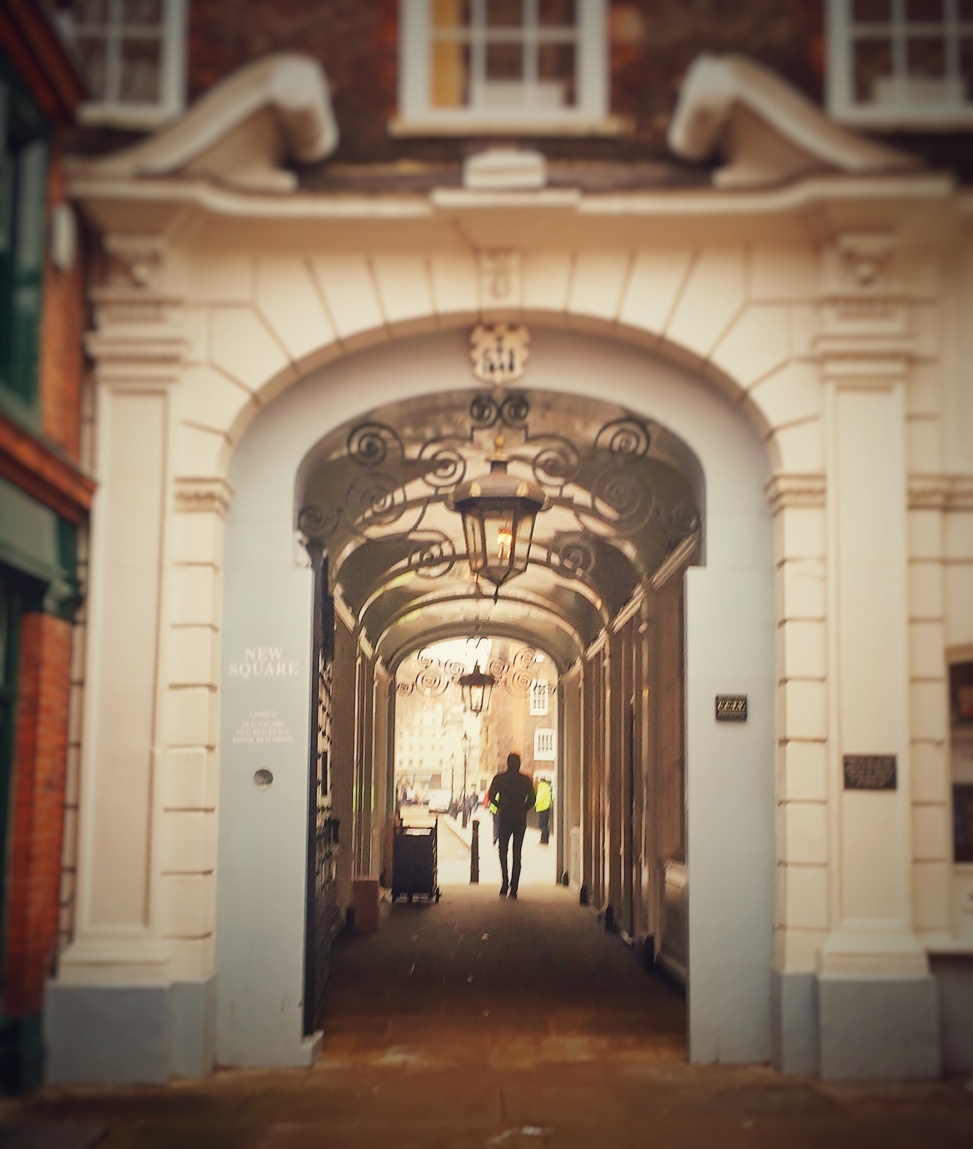
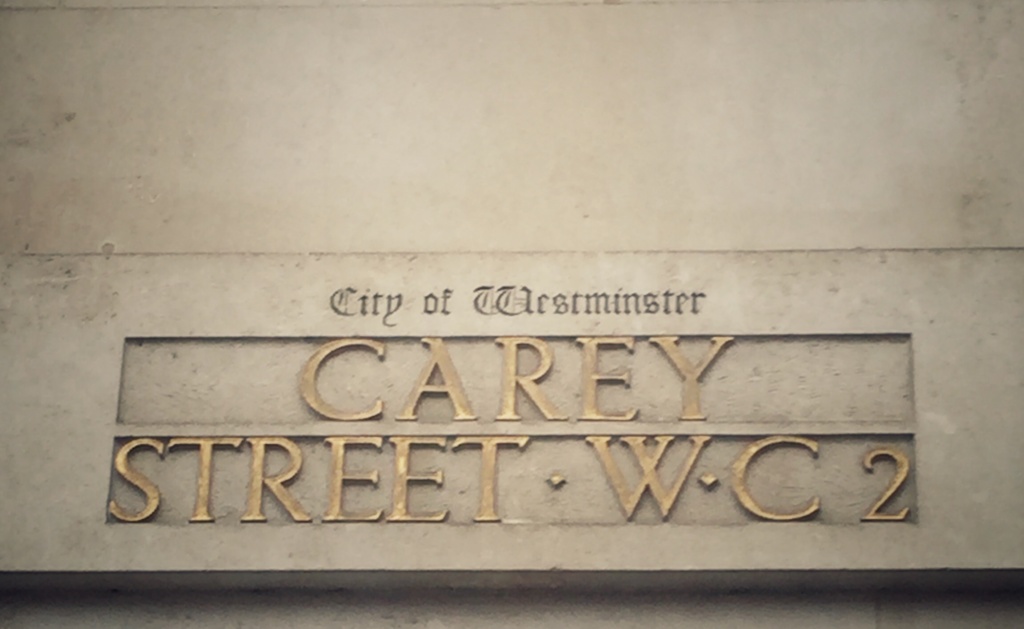
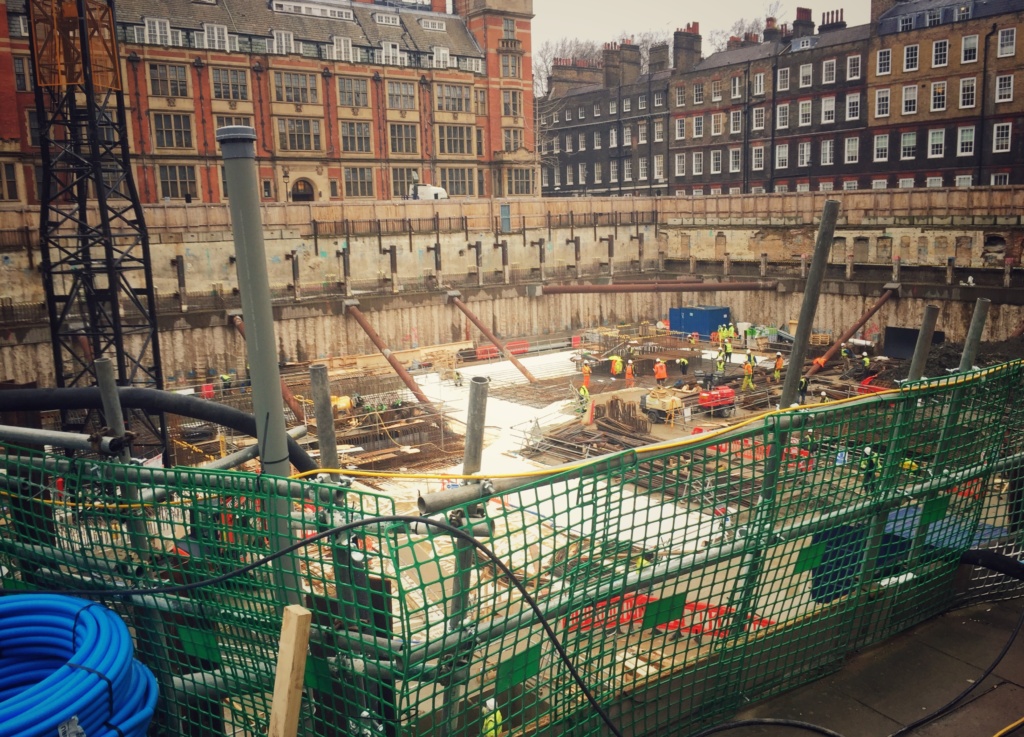
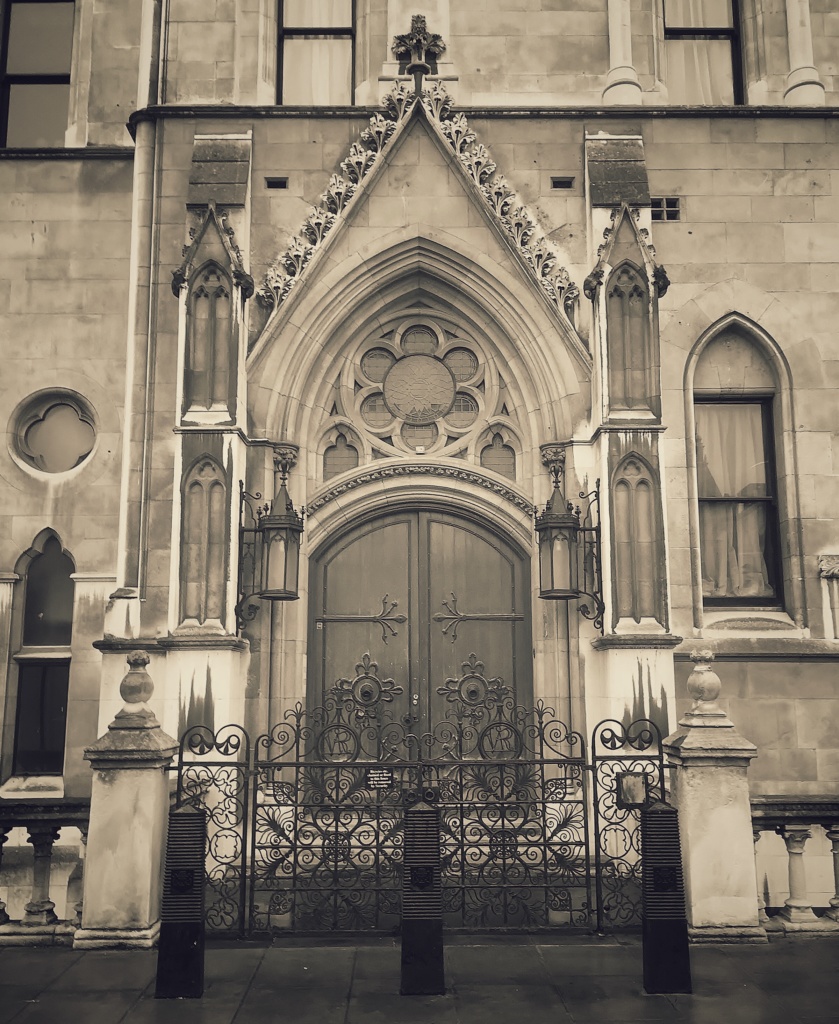
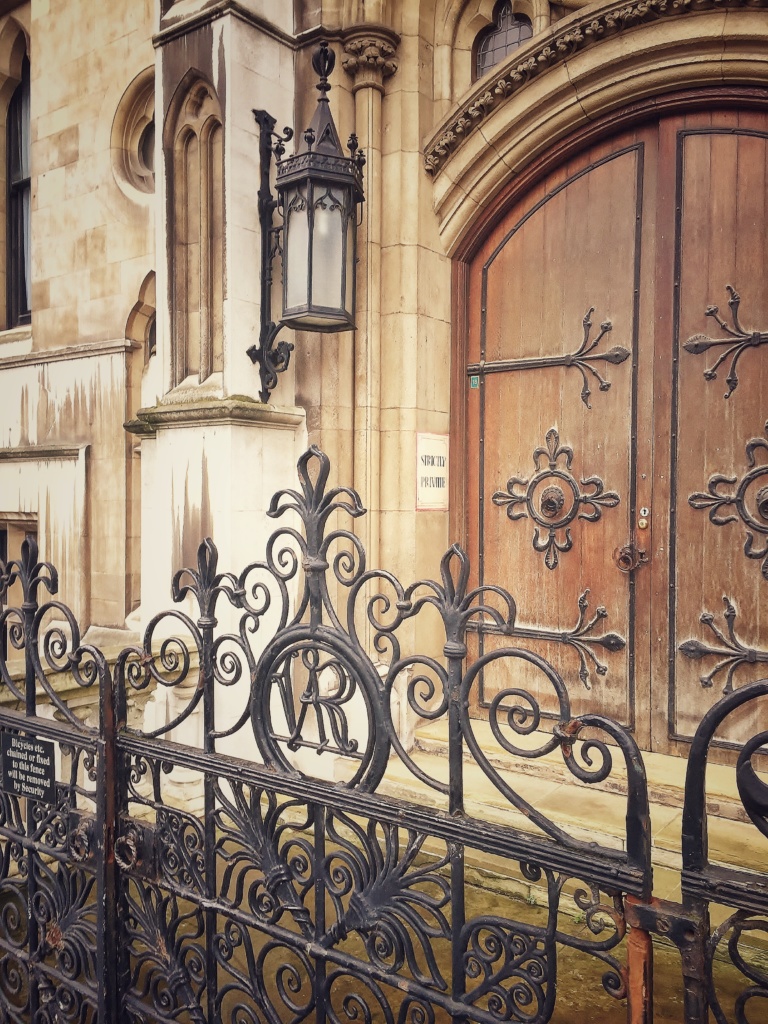
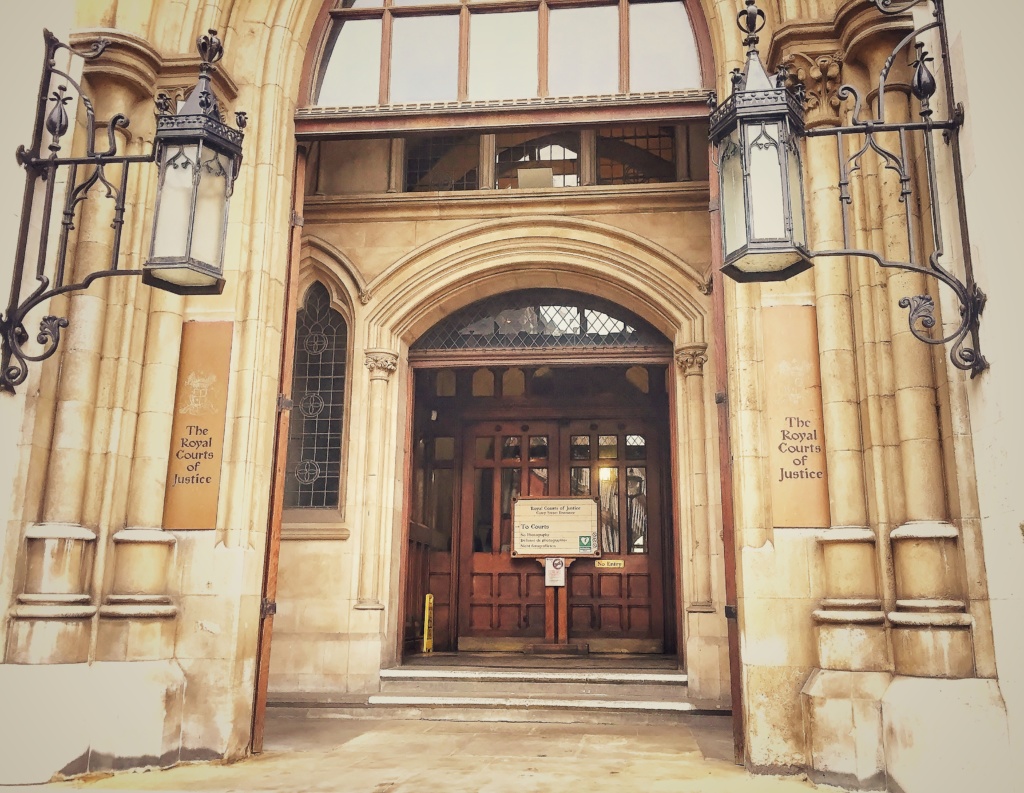
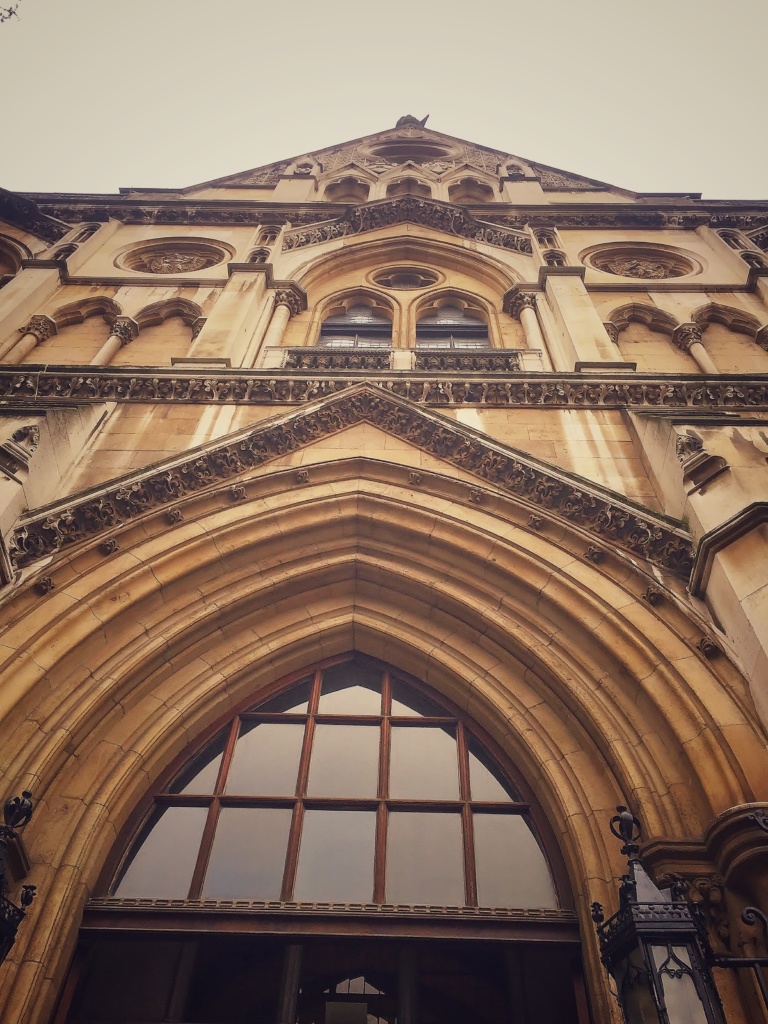
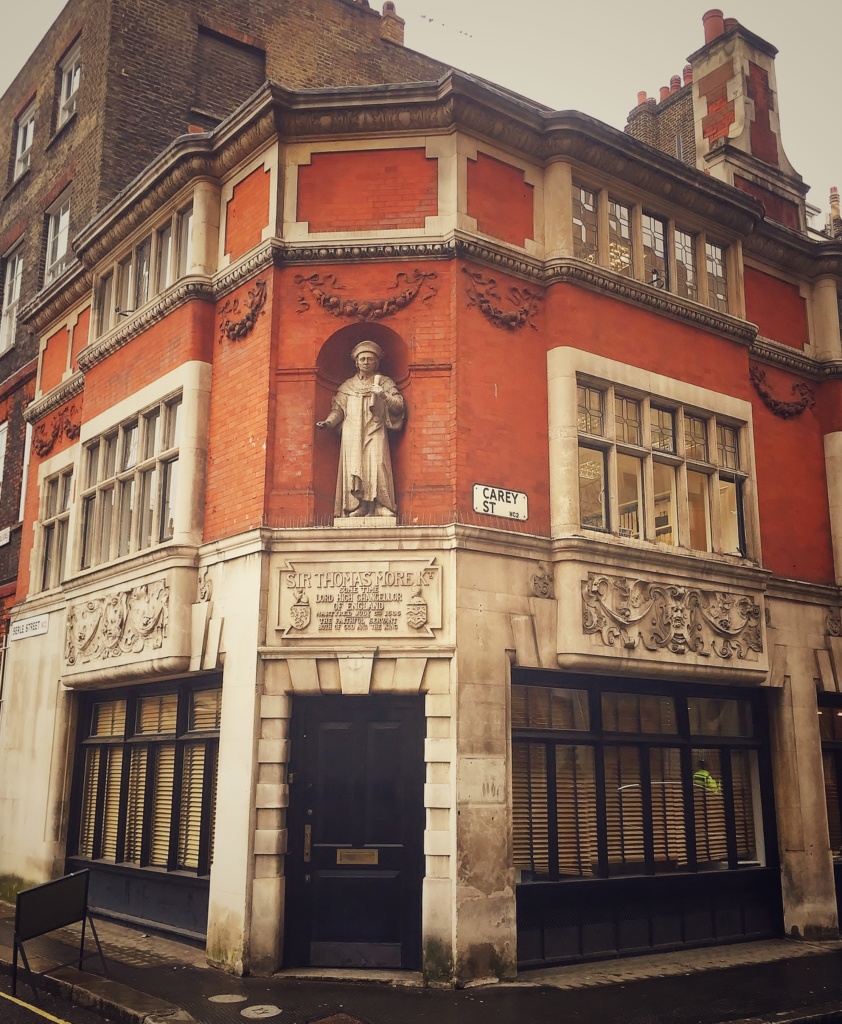
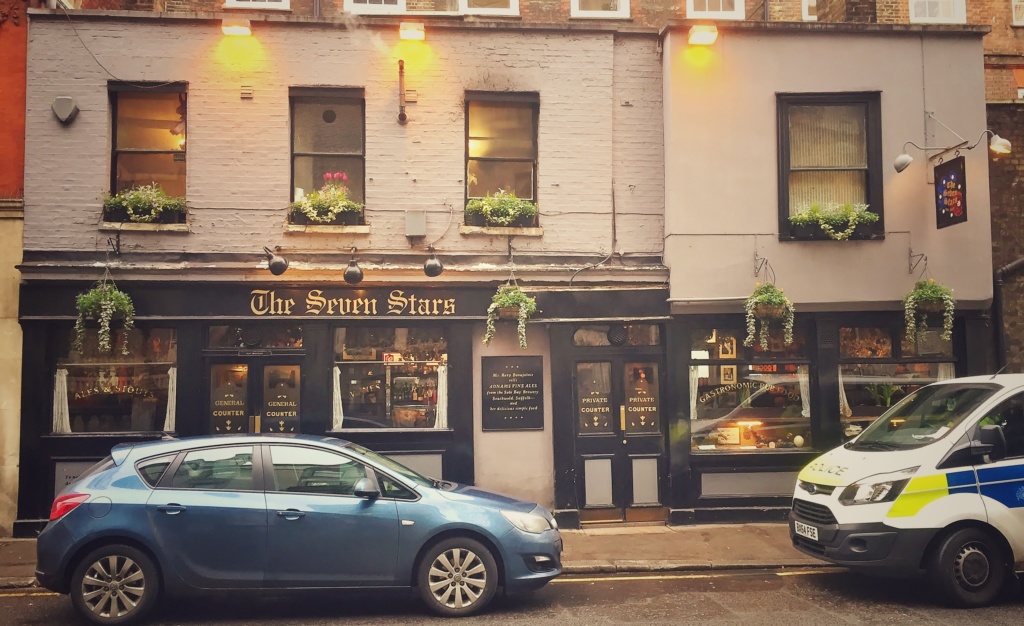
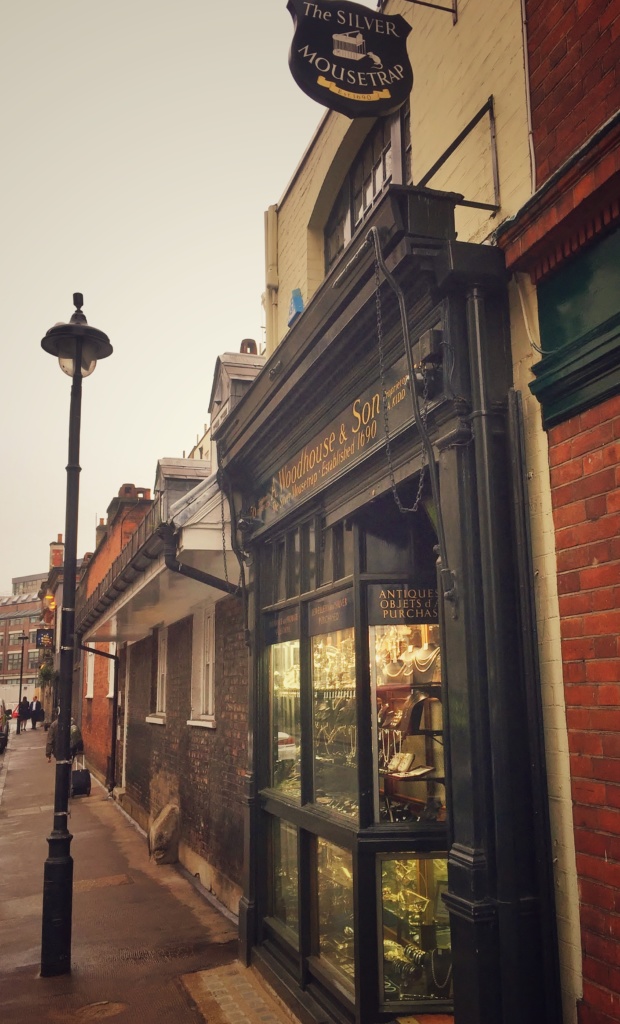
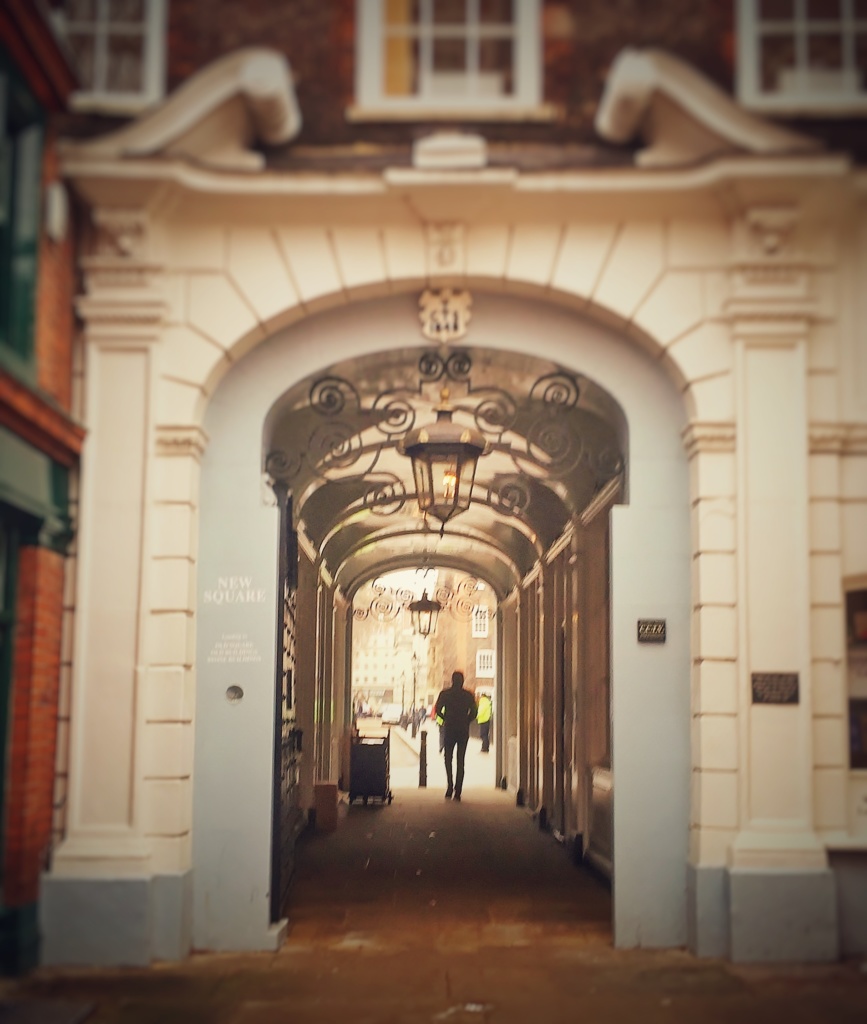
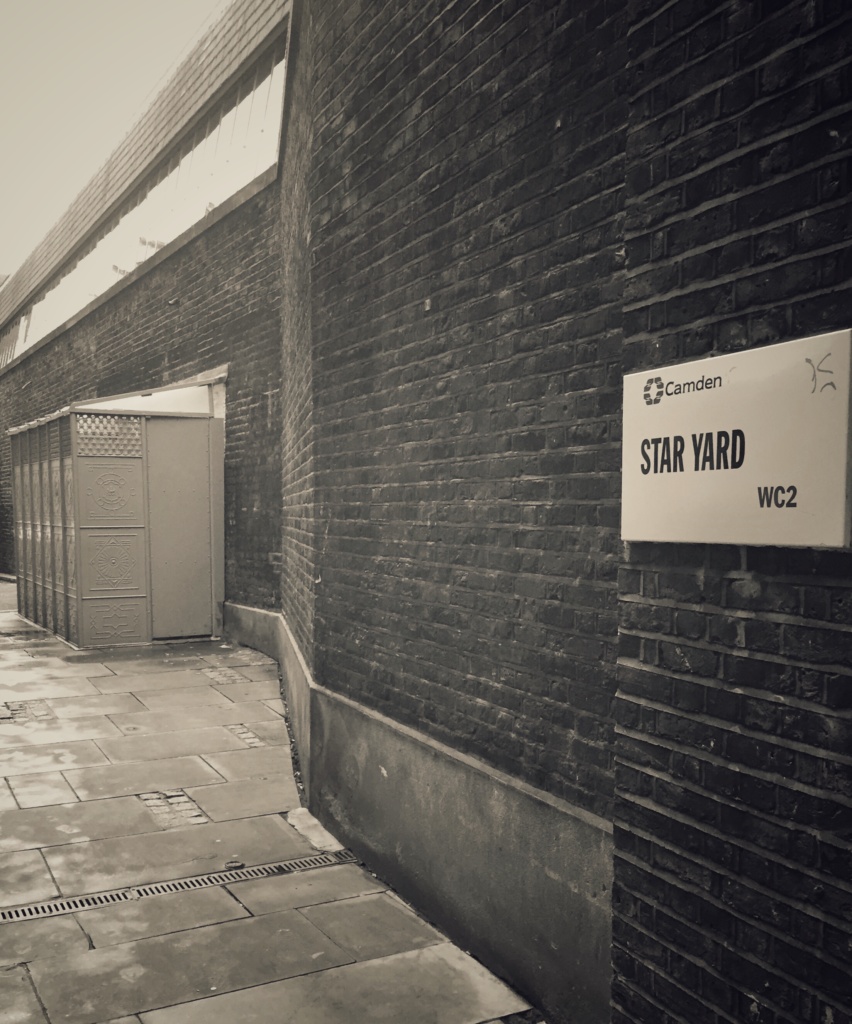
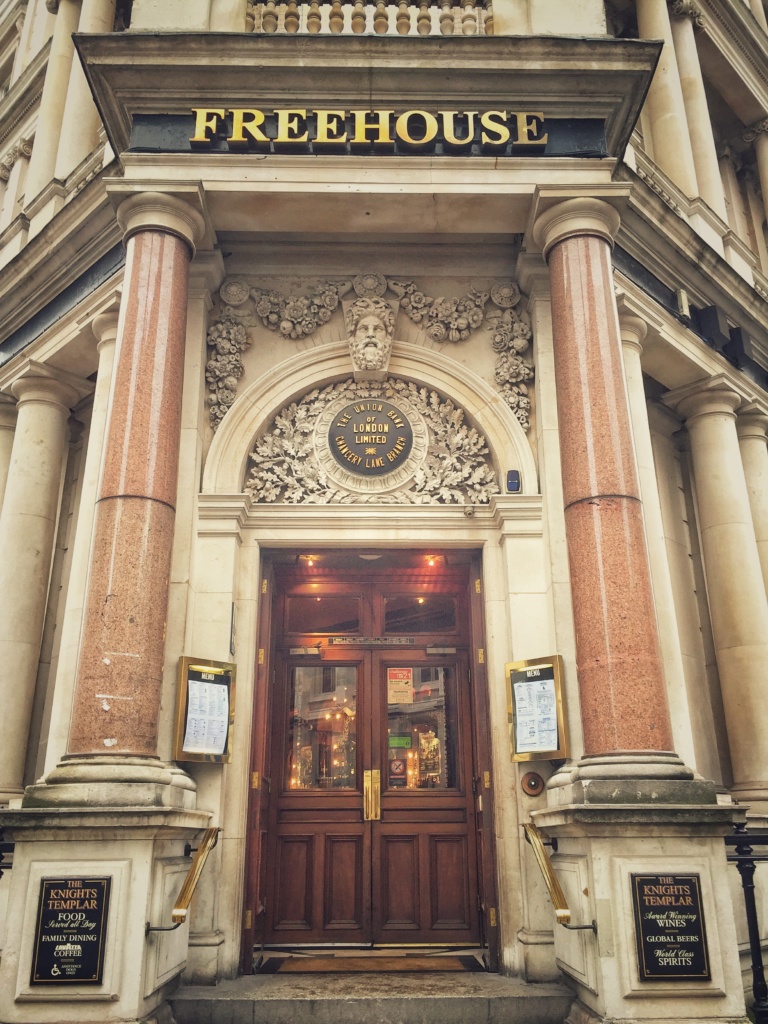
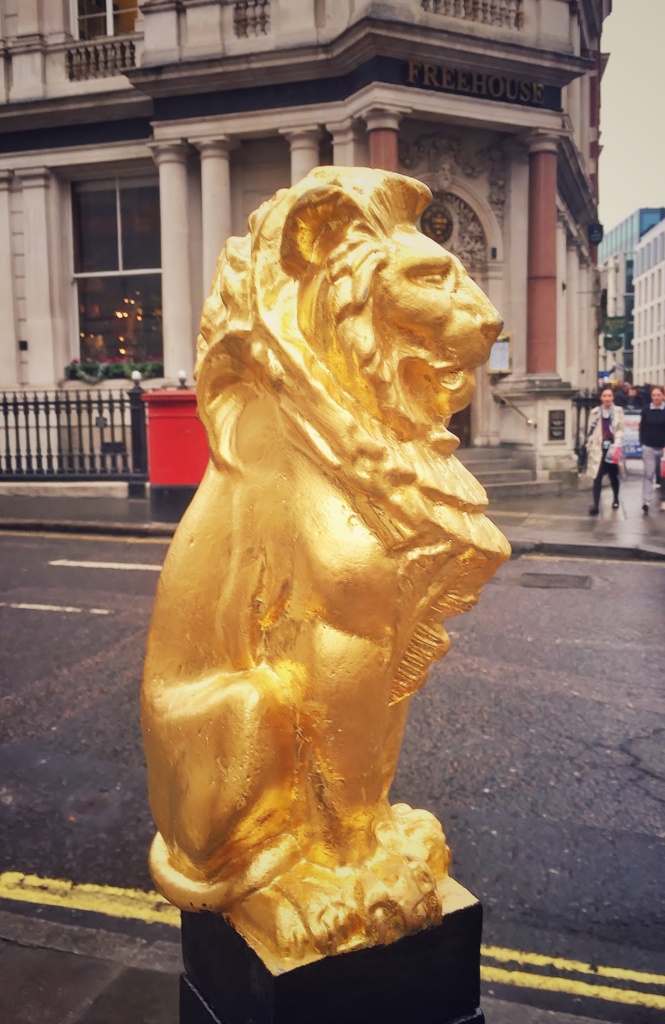
1 Comment
1 Pingback